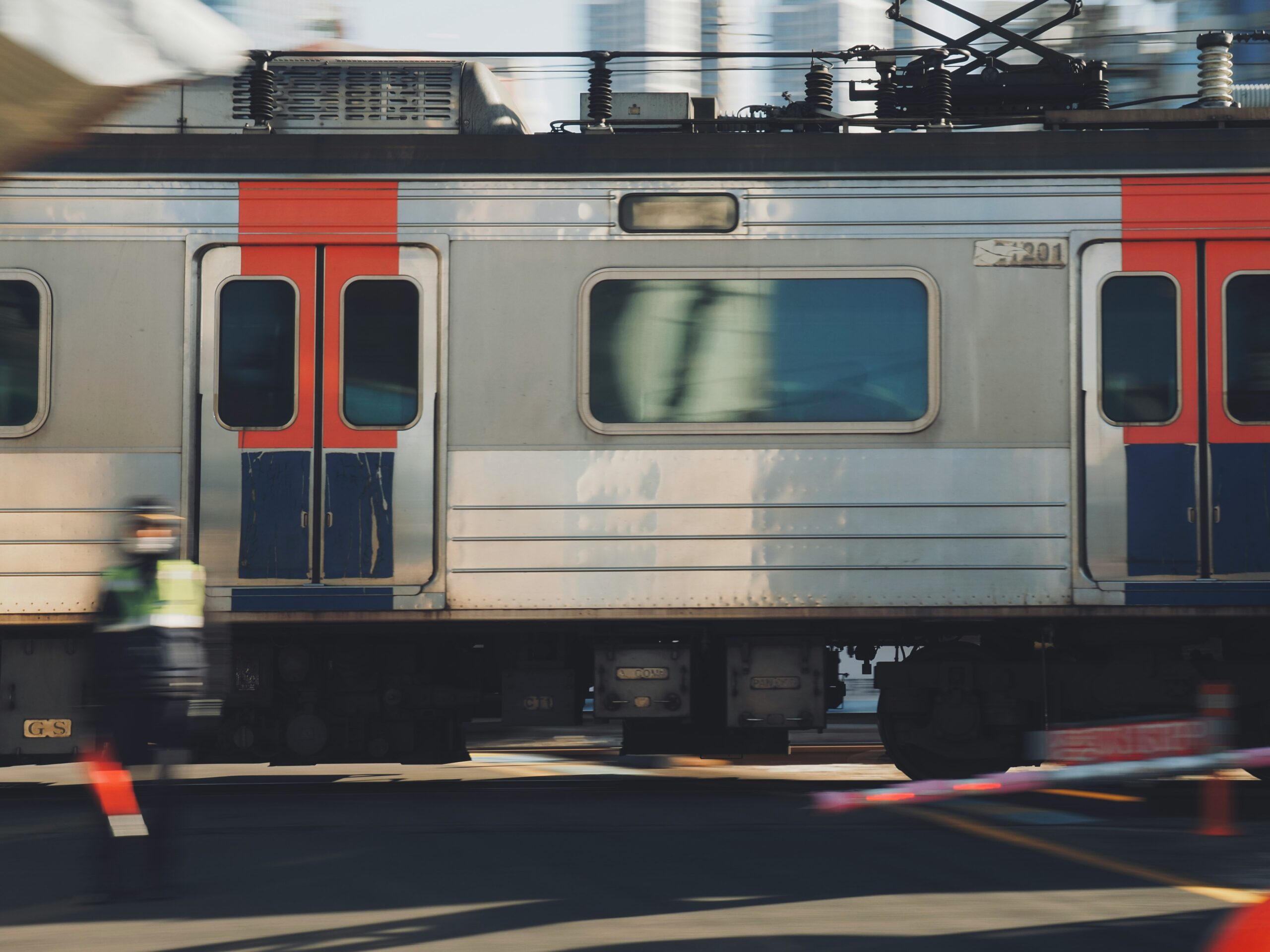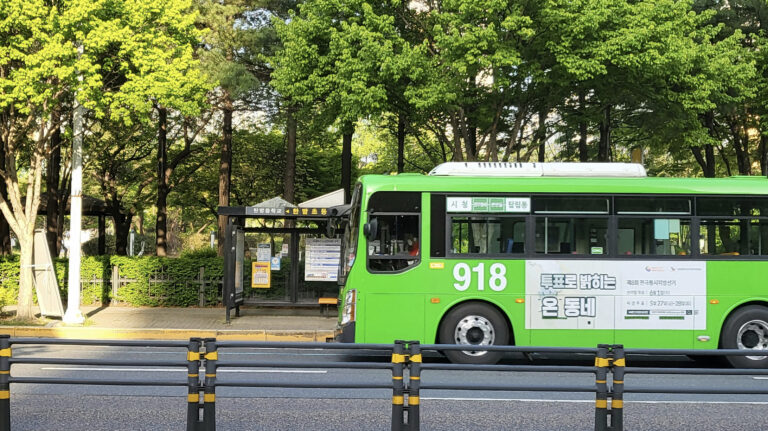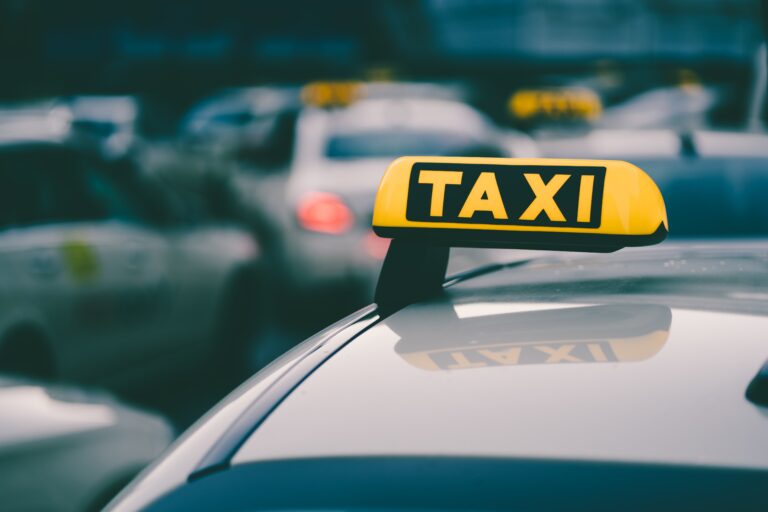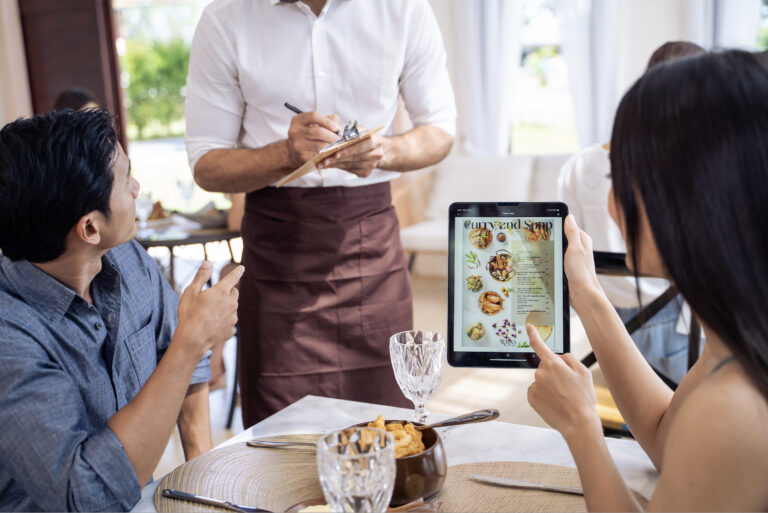Essential Korean Phrases for Using the Korean Subway

If you’re traveling, on a business trip, or staying in Korea for an extended period, using the Korean subway will likely become part of your daily routine. …
Use this guide to make your Korean subway experience even smoother and more enjoyable!
Essential Korean Subway Phrases for Your Trip
While the Korean subway is famous for its extensive network and excellent transfer system, language barriers can sometimes make it tricky to reach your destination or transfer lines. You might also feel flustered if you don’t know how to recharge a transportation card, request a stop, or tell someone your destination—these are all everyday situations where practical Korean phrases are a big help.
In this post, I’ve selected five must-know Korean subway phrases that are truly useful for travelers riding the subway for the first time. Each phrase includes Hangul (Korean script), romanized pronunciation, and English translation, so even complete beginners can follow along with ease.
Use this guide to make your Korean subway experience even smoother and more enjoyable!
Each phrase includes:
- Hangul (Korean script)
- Romanized pronunciation
- English translation
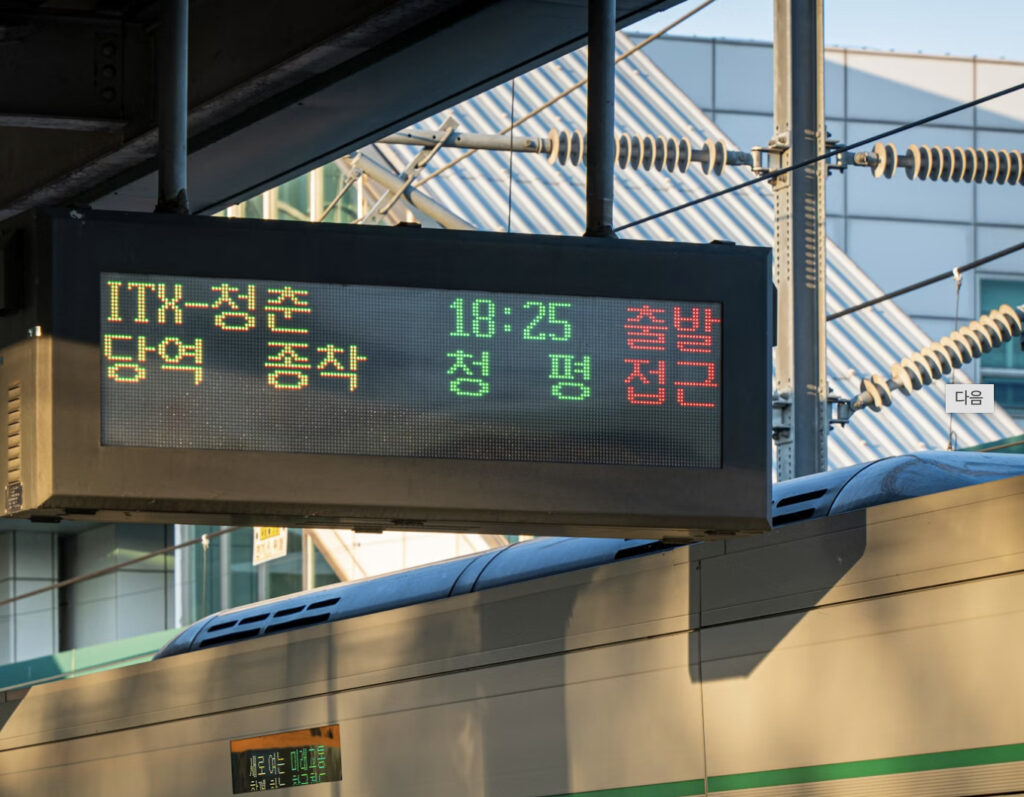
1. Finding Subway Entrances and Exits
- 지하철역 입구 어디예요?
- Ji-ha-chul-yeok ip-gu eo-di-ye-yo?
- Where is the subway entrance?
Most Korean subway stations in big cities have multiple entrances and exits (often numbered 1~10 or more). Make sure to find the entrance nearest to where you want to go. Checking which exit is closest to your destination will make your Korean subway journey a lot easier.
- 몇 번 출구로 나가야 해요?
- Myeot-beon chul-gu-ro na-ga-ya hae-yo?
- Which exit should I take?
If you ask, “명동은 몇 번 출구예요?” (“Which exit for Myeong-dong?”), local commuters familiar with the Korean subway are usually happy to help.
2. Buying Tickets and Paying—No Transportation Card Needed!
These days, most Korean subway stations have automated ticket machines for single-ride tickets. Some stations still sell paper tickets at manned counters, but this is increasingly rare and those counters often have limited hours. Most passengers use rechargeable transportation cards (prepaid/postpaid) or a single-use transportation card, so if you need a ticket for the Korean subway, using a machine is the quickest way.
- 발매기 어디에 있어요?
- Bal-mae-gi eo-di-e i-sseo-yo?
- Where is the ticket machine?
If you’re unsure where to find a ticket machine or feel lost, just ask someone nearby in the station or concourse using this phrase.
- 이 역에서 1회용 승차권 살 수 있나요?
- I yeok-e-seo il-hoe-yong seung-cha-gwon sal su it-na-yo?
- Can I buy a single-ride ticket at this station?
Some smaller or newly renovated stations may not sell single-ride tickets. Asking directly will make your Korean subway trip much easier.
Cultural Tip:
- You usually don’t need to recharge a transportation card anymore! Most of the time, you can just tap in at the Korean subway gate using a standard credit/debit card (including foreign-issued cards with tap-to-pay) or mobile payment.
- If you already have a transportation card, you can easily recharge it at a machine or at a convenience store inside the station.
- While most Korean subway stations have staff, they might be away for breaks or patrols. In urgent or difficult situations, you can always use the help desk, call buttons, or emergency intercoms for assistance.
3. Transfers and Changing Lines—Ask Around!
These days, Korean subway stations have fewer staff than before, but transfer routes and line information are very clearly displayed on electronic boards and signs. If you can’t find your way or staff aren’t around, just ask a nearby passenger.
If you say, “○호선 타려면 어디로 가요?” (“How do I get to Line ○?”), most locals familiar with the Korean subway will guide you right away.
4. Boarding and Exiting—Use Announcements, Ask Fellow Passengers
- 이 열차 타는 곳이 어디예요?
- I yeol-cha ta-neun got i eo-di-ye-yo?
- Where do I board this train?
Train directions and destinations are shown on platform boards and announced in both Korean and English. If you’re confused, don’t hesitate to ask a nearby commuter in the Korean subway.
- 여기서 내리면 돼요?
- Yeo-gi-seo nae-ri-myeon dwae-yo?
- Should I get off here?
When you arrive at your stop, there are repeated announcements in Korean and English. Still unsure? This phrase will help you get confirmation from other passengers—locals are always willing to help, especially on the Korean subway.n subway.
5. Asking Directions—Real-Life Subway Situations
- 명동 어떻게 가요?
- Myeong-dong eo-tteo-ke ga-yo?
- How do I get to Myeong-dong?
At the station, bus stop, or even on the street, you can use this phrase to ask how to get to your destination on the Korean subway. Just say, “명동 어떻게 가요?” and most Koreans will immediately understand and gladly give you directions.
Myeong-dong is a major shopping and cultural district in Seoul, filled with brand stores, cosmetics shops, street food, and huge department stores—no wonder it’s a top spot for visitors worldwide.
Tip:
Just swap out “명동” for any place you want to go—“홍대 어떻게 가요?” (“How do I get to Hongdae?”), “인사동 어떻게 가요?” (“How do I get to Insadong?”)—the same phrase works every time!
- 화장실 어디예요?
- Hwa-jang-sil eo-di-ye-yo?
- Where is the restroom?
Most Korean subway stations clearly mark restroom locations, but if you’re in a hurry, this phrase will help you quickly find what you need.
Quick Reference: Must-Know Korean Subway Phrases
| Hangul (Korean script) | Romanized pronunciation | English translation |
| 지하철역 입구 어디예요? | Ji-ha-chul-yeok ip-gu eo-di-ye-yo | Where is the subway entrance? |
| 몇 번 출구로 나가야 해요? | Myeot-beon chul-gu-ro na-ga-ya hae-yo | Which exit should I take? |
| 표는 어디서 사요? | Pyo-neun eo-di-seo sa-yo | Where can I buy a ticket? |
| 환승은 어디서 해요? | Hwan-seung-eun eo-di-seo hae-yo | Where do I transfer? |
| 명동 어떻게 가요? | Myeong-dong eo-tteo-ke ga-yo | How do I get to Myeong-dong? |
Final Thoughts: Using the Korean Subway Just Got Easier!
Now, even without a transportation card, you can ride the Korean subway freely with just a credit card or mobile payment—no need to worry about recharging or missing a stop.
If you ever feel unsure or get lost, don’t hesitate to ask a Korean commuter. Even if their English isn’t perfect, they’ll do their best to help you on the Korean subway.
Take these simple phrases with you, and your Korean subway journey will be smoother, faster, and more enjoyable!
Looking for more practical Korean phrases?
Don’t miss these helpful posts:
Essential Korean Phrases for Restaurants
Essential Korean Phrases for Convenience Stores
Images licensed from Freepik Premium and used from Unsplash. All rights reserved.
